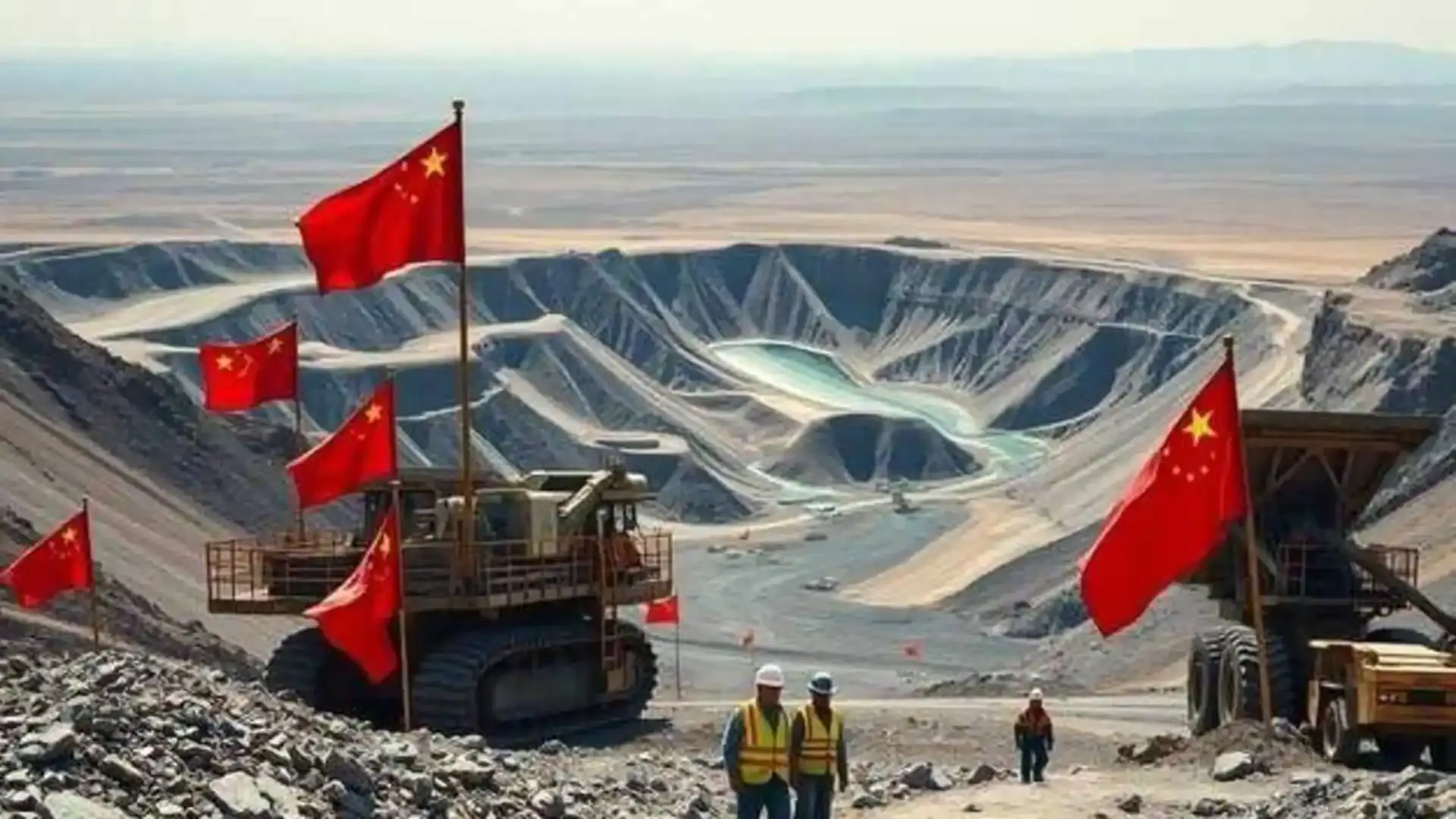China’s Rare-Earth Export Restrictions and Global Tech Supply Chains
By Today International News
Published: October 10, 2025
China Tightens Control Over Critical Minerals
China, the world’s largest supplier of rare-earth elements, has imposed new restrictions on the export of critical materials essential for high-tech manufacturing. Announced earlier this year, these measures are already causing ripple effects across global supply chains that depend heavily on Chinese exports for semiconductors, artificial intelligence (AI) hardware, and renewable energy technologies.
Rare-earth elements such as neodymium, dysprosium, and terbium are crucial for high-performance magnets used in electric vehicles, wind turbines, and consumer electronics. By limiting exports, China is making a strategic move that is both economic and geopolitical, signaling its intent to assert control amid rising competition with the United States and allied nations in advanced technology sectors.
The Global Dependence on China’s Rare Earths
China accounts for over 70% of global rare-earth production and an even larger share of refining capacity. While countries like the U.S., Australia, and Canada have mineral deposits, they rely heavily on Chinese processing facilities, which are expensive and environmentally challenging to build.
Industries worldwide are therefore highly vulnerable to supply disruptions. Semiconductor manufacturers, AI chip producers, and solar panel companies have already reported delays and rising costs due to the new restrictions. Analysts warn that prolonged limitations could trigger price surges for critical tech components, slowing production in key industries.
Also read : US–China Trade Tensions Persist Amid Tech Controls and Rare-Earth Pressure
The semiconductor industry, already struggling with post-pandemic supply shortages, is among the hardest hit. Rare-earth materials are essential for producing advanced components such as lasers, magnets, and polishing powders used in chip fabrication.
Tech companies in South Korea, Japan, and the U.S. are racing to secure alternative sources. However, experts note that establishing new supply chains outside China could take years, given the environmental and financial challenges of mining and refining rare-earth materials.
For AI hardware, which relies on high-performance GPUs and specialized processors, restrictions may slow innovation and drive up production costs. Companies developing autonomous vehicles, robotics, and advanced computing technologies could face significant barriers to scaling operations.
Solar Panels and the Green Energy Push
The renewable energy sector is another major area affected. Manufacturers of solar panels and wind turbines require rare-earth magnets and conductive materials to ensure high efficiency. China’s export restrictions may therefore hinder global efforts to transition to clean energy, creating potential delays for green infrastructure projects.
European Union officials have expressed concern over increased dependence on Chinese technologies. Both the EU and the U.S. are exploring strategic stockpiling of rare-earth elements and boosting domestic production as part of broader “economic security” strategies.
A Strategic and Political Move
Beijing has defended the policy as necessary for national security and environmental protection, citing the dual-use nature of many rare-earth materials. Western analysts, however, interpret the move as a strategic response to U.S. export bans on advanced chips and manufacturing equipment for Chinese firms.
Experts describe the situation as a “tit-for-tat escalation” in the ongoing tech trade war, leaving smaller economies caught between two superpowers. The global tech ecosystem faces increasing uncertainty as export controls tighten on both sides.
Searching for Alternatives
Countries are accelerating efforts to diversify rare-earth supply chains. The U.S. has invested in mining projects in Nevada and Texas, while Australia and Canada are expanding refining operations. The EU has launched the Critical Raw Materials Act to reduce reliance on China and promote recycling technologies to recover rare materials from electronic waste.
Despite these efforts, building sustainable production outside China could take five to ten years, making short-term supply disruptions and price increases almost unavoidable.
Conclusion: A New Era for Global Supply Chains
China’s rare-earth export restrictions highlight the fragility of global supply chains and the intersection of economics and geopolitics. The world’s tech and renewable energy sectors must navigate rising costs, uncertain supply, and geopolitical tension. As nations compete for critical materials, the global balance of technological and economic power may shift significantly in the coming decade.

